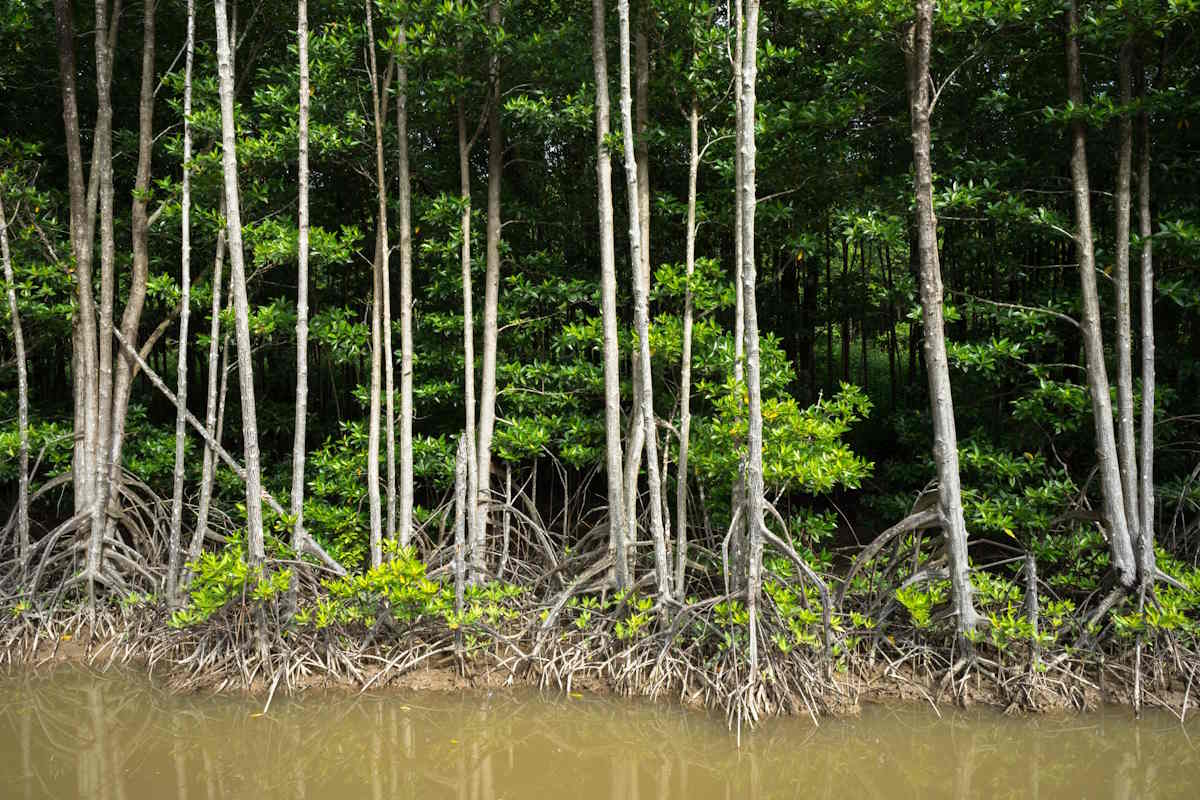The landscape of Madagascar has undergone an extraordinary transformation thanks to the planting of 890,000 mangrove trees, fundamental for the protection of the coasts and surrounding communities

@123rf
In the past six years, Madagascar’s landscape has been reshaped by an ambitious reforestation project involving the planting of 890,000 mangrove trees
This huge task was carried out by local specialists and volunteers working together in the restoration of vital mangrove ecosystems, which are crucial for coastal protection and communities reliant on them. Once degraded due to deforestation, now regaining life and vibrancy within an area so badly affected.
Mangroves: sentinels of coasts
Mangroves are one of those incredible trees that stand at the very core of each coastal ecosystem. Commonly referred to as “guardians of the coast“, they protect the most vulnerable areas from potential catastrophes caused by bad weather conditions: hurricanes, floods, and storms.
This allows them to absorb much of the energy from natural phenomena, making mangroves a barrier of protection for communities on each coast and much of the biodiversity that lives in these areas. Mangroves filter and regulate the water in places where rivers meet the sea, providing an ideal habitat for a number of aquatic and terrestrial species.
Benefits of planting mangroves
The reforestation project in Madagascar gave evidence of what effect nature-based solutions can produce in real life and in times of climate change. Mangroves are outstanding in carbon capture and, moreover, provide a neat way to clean the air by reducing greenhouse gases, hence improving air quality. Such projects-which respond naturally-occur just at the right time when the fight against global warming is among the most challenging tasks that humanity faces.
Along with environmental benefits, the local communities surrounding a mangrove restoration area have also benefited. Indeed, it gives better protection against disasters for the people who can reside in a safer environment.
Besides, by nurturing marine ecosystems, mangroves will also enhance fishing-one of the most important sources of livelihood for coastal-area inhabitants. This project justifies the fact that the care for the environment might go side by side with community well-being and opens perspectives toward a resilient and sustainable future for all.
The project of reforestation of mangroves on Madagascar contributes not only to fighting against climate change but is offering a new development model: environmental protection associated with the improvement in quality of life.
